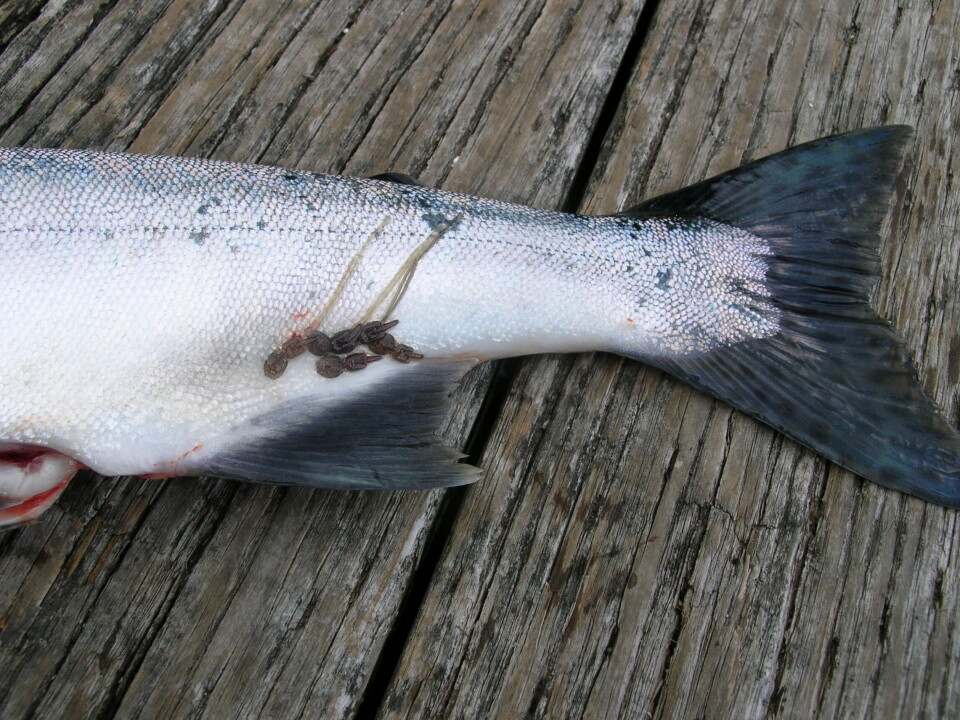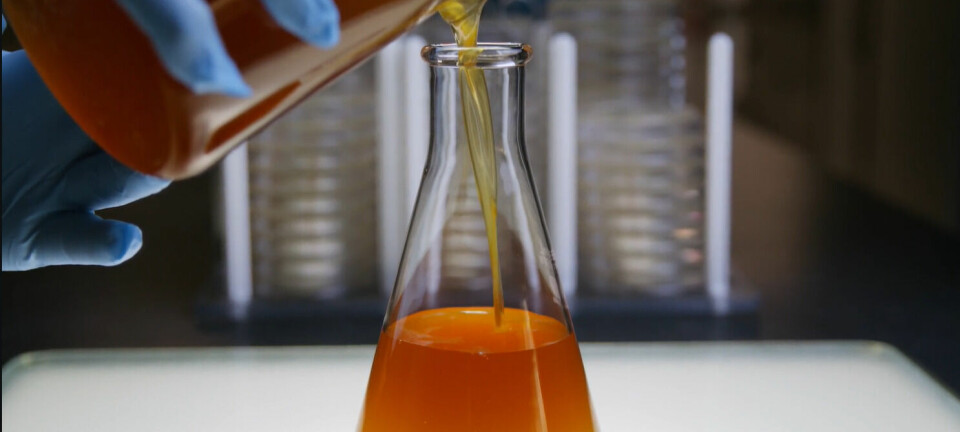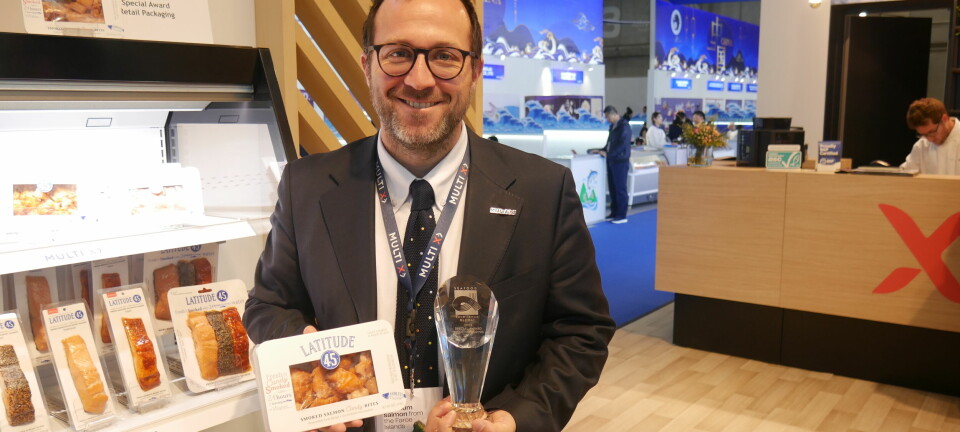
Secrets of louse resistance revealed
The research, by a number of authors led by Fish Farming Expert’s Laura Braden, was published in the journal Fish & Shellfish Immunology and provides clues as to how juvenile pink salmon are resistant to sea lice infection while the maturing pinks seem to be more tolerant to high numbers of lice.
Pink salmon (Oncorhynchus gorbuscha) is the most abundant Pacific salmon species, and has the shortest lifespan of only 2 years. As soon as they emerge from gravel beds, pink salmon juveniles (~0.3g) migrate to the ocean to spend the first few weeks of their life in estuarine areas to feed. Because there are several large migration pathways around the areas of Atlantic salmon farming operations, there has been concern that these fish may be exposed to higher than normal levels of salmon lice, and that this infection pressure may be detrimental to overall stock abundances. Several research studies showed that during experimental challenges, juvenile pink salmon that reach the size of 0.7g are extremely resistant to infection, shedding the parasite quickly, and thus preventing the pathology associated with lice attachment. However, observations from high seas fisheries showed that pink salmon support very high levels of the parasite. So the question was posed, what is the mechanism behind this switch from resistance to susceptibility in pink salmon?
The authors infected juvenile (year class 1) and mature (year class 2) pink salmon with adult sea lice and compared the responses in the skin. Juvenile pink salmon displayed an aggressive immune response in the skin where the sea lice were attached which was characterized by high numbers of important immune system cellular effectors, and high genetic expression of inflammatory and acute phase response genes. In contrast, they failed to observe the same response in the skin of mature pink salmon, and in fact the skin of mature pink salmon did not contain cellular effectors that appear to be involved in the immune response of juvenile fish. Furthermore, gene expression of biomarkers associated with resistance were significantly depressed compared to that of juvenile fish.
From this study the researchers concluded that resistance to sea lice in juvenile pink salmon is related to the aggressive action of the immune system, which is otherwise absent in mature fish. Energetically, juvenile fish are under a completely different set of demands, as they are trying to grow and stay healthy for the next year of their lives. Maturing fish are starting to produce eggs and milt, and therefore energy must be allocated towards sexual development. Furthermore, the body size of mature pinks is so much greater, that permitting infection by the ectoparasite does not result in the same osmoregulatory distress that occurs in juveniles. Thus, the baby pinks have a super-charged immune response that allows them to quickly reject parasite attachment so they can focus on growth, migration, and reproduction within 2 short years.




















































